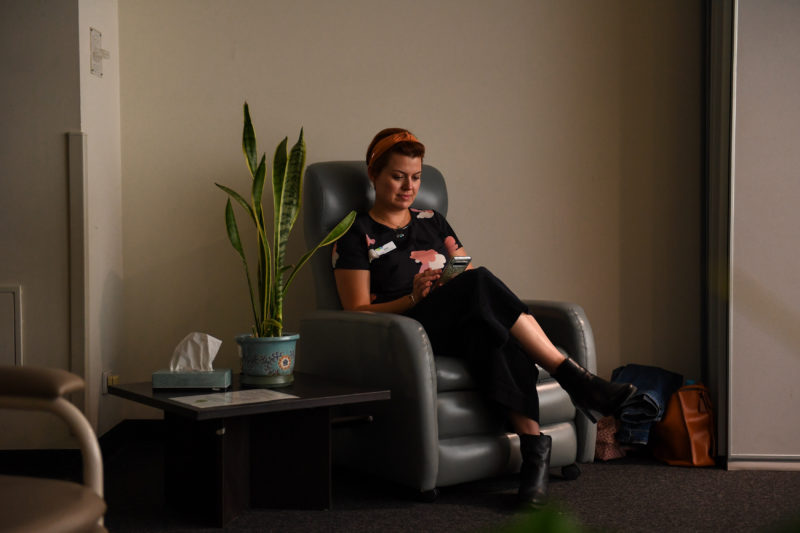Published on 19 August 2022
During a recent Western Health and Deakin University study, ten employees took time out to share their views on the wellbeing initiatives and supports provided during the first waves of the COVID-19 pandemic.
You can read a summary of the report findings, which also included survey results from more than 900 staff members, here.
Staff feedback summary:
Benefits
The wellness hubs were identified by staff as a place to “get away”, “escape [their] clinical space” and have a break. They felt the hubs had a “good feeling” and particularly liked their set up including the “soft lighting” and the respect staff showed each other by having ‘quiet not cafeteria conversations’.
“[The wellness hub allowed] me to get out of my workspace for a little while and give me a bit of a reprieve [and time to] regroup and go back to my [normal] place with a little bit more sanity.” (Interview participant)
Although some employees reported difficulties accessing counselling and the Employee Assistance Program (EAP) in a timely manner, those who had used these services reported that they were a “life saver” and the support they received was “invaluable”.
“Found the [EAP] at work counselling very useful and made me feel supported and listened too. Felt that [the health service] cares about staff.” (Survey respondent)
Many employees discussed the importance of accurate and regular communication from the health service particularly from senior management. Overall staff felt that there had been “strong leadership” and good communication from the senior executive team; the staff bulletins were informative; and many felt the CEO forums were important in keeping them updated about what was happening in the organisation and helping them “feel connected”.
“I think [the CEO’s] webinars were really really good, … I logged in every time if I could, I really wanted to be kept up to speed with what was going on, because … things were moving so fast that they changed on a daily basis.” (Interview participant)

Barriers
Some of the barriers included: high workload, difficulties accessing the initiatives (e.g. not working on-site, night shift), and a perception the initiatives were only for clinical staff.
Participants were also concerned that not all employees were aware of the initiatives or that they were available for everyone to use.
“It’s just too hard for clinical staff to take time to access these initiatives. Especially during a pandemic when we were so busy and physically drained.” (Survey respondent)
The wellness hub, although a great initiative, had hours …not compatible to ICU 12-hour shifts. Finding the time to get down to the hub during a shift was impossible. (Survey
respondent)
Many participants felt communication about the initiatives could have been improved and targeted
to particular employee groups. Some suggested further communication in a variety of formats would be beneficial for employees who do not have access to a computer (eg cleaners, kitchen staff) or time during their normal shift to access one (e.g. nurses and midwives), or whose first language is not English, or who do not have appropriate literacy levels.
“We’re in … an admin role and a lot of the stuff that goes hospital wide I think sometimes misses us, or isn’t geared towards us. (Interview participant)
For example, cleaners that are aligned to wards … They didn’t get a lot of this information … And for some of them English isn’t their first language. (Interview participant)
